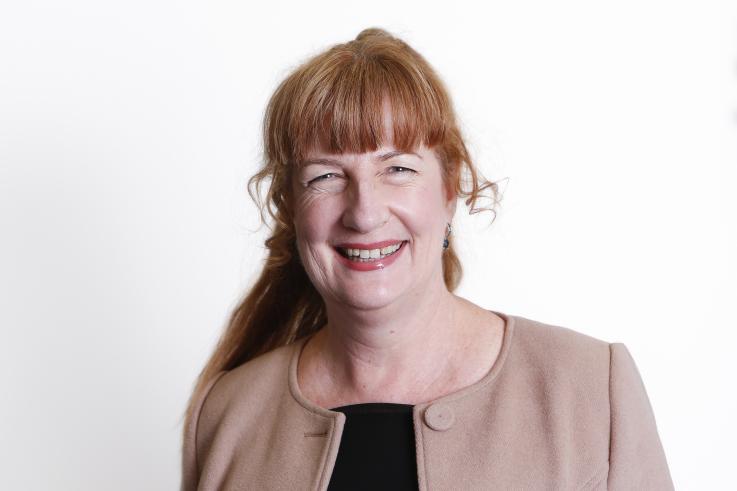
Professor Catherine Bridge has a national and international reputation in the area of enabling environments. She specialises in design, particularly for people that have some level of functional limitation and her work has improved the lives of many thousands of people with a disability.
“Historically, our built environments have been based on the Vitruvian Man, on the idea of a healthy, middle-aged male,” says Bridge. “I investigate how our assumptions and knowledge about built environments impact people with disability. Whether they enable movement and independence or whether they disable people further, as a form of architectural disability. Just think about a flight of steps,” she says.
One of Bridge’s research focuses has been bespoke design and the modification of environments to enable people with specific limitations to function at high levels. A good example of that, she says, is home modification and in 2002, Bridge established the Home Modification Information Clearinghouse which provides the evidence base for housing retrofit across Australia, and is used by 190 other countries in terms of ‘aging-in-place’ and deinstitutionalisation.
“The Clearinghouse has been running continuously since 2002 and underpins information for consumers, industry and government. Research has also shown it can improve quality of life in every aspect for the people concerned and reduce the amount of care they need,” she explains.
Bridge says the new Disability Innovation Institute at UNSW is a welcome step for a university which already has cross-faculty expertise in disability research and practice. “UNSW has always had a focus on hands and minds in a very collaborative and practical way. The Institute has as one of its hallmarks ‘Nothing about us without us,’ which means all our work will be predicated and done with people with disabilities rather than done to them.”
One of the things Bridge hopes to achieve by being involved with the Disability Innovation Institute is helping people understand that socially and culturally we create our built environments, but after we create them they shape what we can and can’t do. A failure to think about the built environment is a failure to design better built environments that are more inclusive for people with disabilities.
Although conversations about enabling environments have been going on for some time, and many improvements have been made, Bridge says progress has been a piecemeal not strategic.
“The Disability Innovation Institute will give myself and my colleagues a larger voice to lobby for buy-in, understanding and traction, not just from a small set of professions, but also from planners, legal, from people documenting disability experiences, from engineers and so on,” she says.
“One researcher can’t make a difference, it takes a group of people working together in a collaborative, cross-disciplinary way that can really change things. I would like to see the Institute create opportunities which haven’t existed before,” Bridge continues.
“From offering opportunities to people that might not have been able to access universities previously, right through to big impacts in terms of local government, and modelling things at state, national and international level.”
To discuss potential research projects or how you can engage with the Disability Innovation Institute contact Dr Martin Bone, Business Development Manager m.bone@unsw.edu.au
